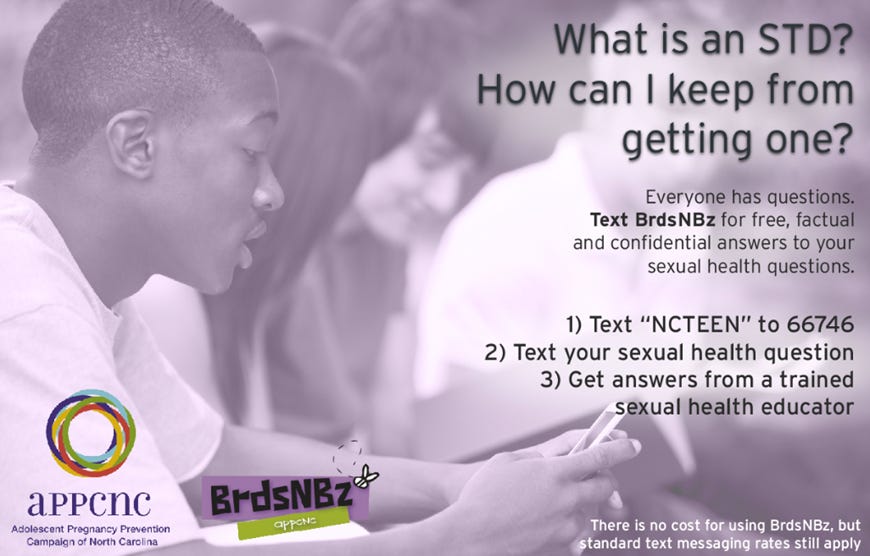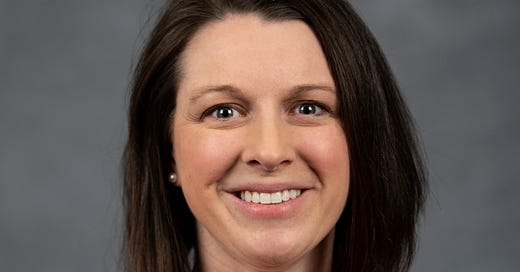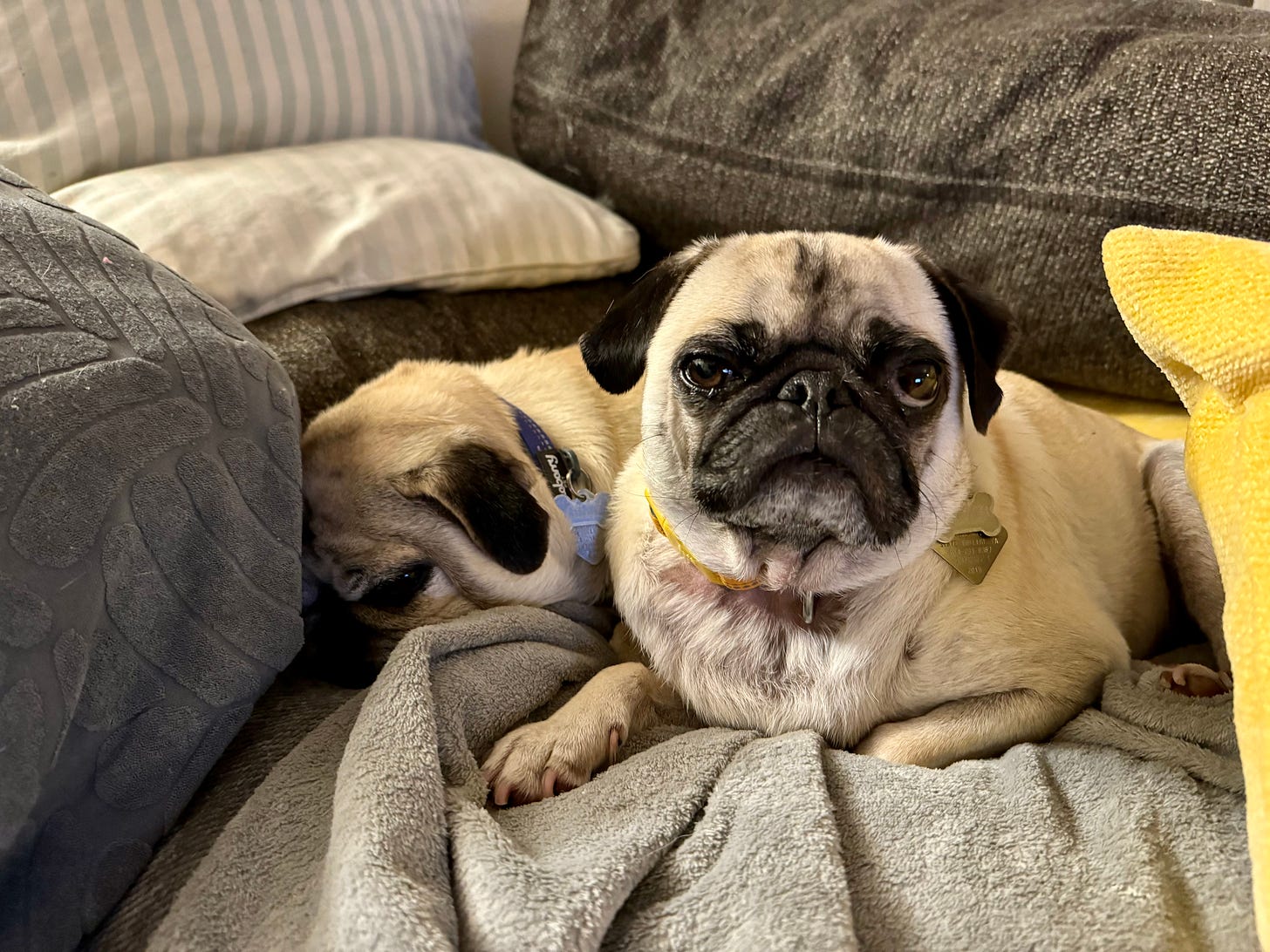Sex, drugs, and rock n' roll meet health communication
An interview with health communication expert Dr. Jessica Fitts Willoughby
When I interviewed for the Park Fellowship program at the University of North Carolina at Chapel Hill, I stumbled into the Carolina Inn and got my hotel room assignment. The person at the front desk kept calling me Miss Fitts. I said no, that’s not my last name. I was about to become roommates, and eventually classmates, with another Jessica. As you can see from the chart below, the chances of becoming friends with another American woman around my age named Jessica was, well, pretty high (#80sbabies).
We both wanted to study health communication, so that was another coincidence. When our fellow interviewees all went to the bars after our first day together, “the other Jessica” and I stayed in and watched Grey’s Anatomy. Later, in a psychology course we took, we learned that research shows people gravitate toward others with similar names. It was friendship and research collaboration destiny.
We have since published many papers together on celebrity health effects, but I always turn to JFW when I want to learn more about mobile health (mHealth), sexual health, adolescent health, and more.
Through our three years in grad school together, people confused or conflated us endlessly. What an honor for me! Dr. Jessica Fitts Willoughby is an accomplished health communication scholar, an associate professor, and the Lester M. Smith Distinguished Professor of Communication at Washington State’s Edward R. Murrow College of Communication. Her work often looks at mhealth interventions and has many implications for how we should design health campaigns in the digital era. You can check out all of her work on her Google Scholar profile.
Recently, as policies around marijuana have changed across the country, Jessica has also investigated the prevalence and effects of marijuana messaging on a variety of audiences. Below, I ask her a bit about what got her into this line of research and where she sees the field of health communication going from here.
JGM: How did you get interested in adolescent health? And how did that interest lead you to eHealth and mHealth?
JFW: I grew up in a small town that didn’t have a lot of health resources for youth. I was fortunate to have parents who talked about health-related topics, and I remember a few classes in school. But, it just wasn’t something that was talked about a lot, especially when it came to the more “sensitive topics” like sexual health.
When I learned that information presented in media or online can help people be informed when it came to their health decisions, and hopefully empower them to make choices in their best interest, I was interested in ways to help teens have that.
In grad school, I was fortune to partner with an organization that was running a text message service designed to provide teens with answers to their sexual health questions (the Adolescent Pregnancy Prevention Campaign of North Carolina).

I was able to learn about what teens were asking and how they were using it. I then used that information to develop a campaign to help promote the service to teens in North Carolina and looked at the effects of the campaign. This led to an interest in providing information in the spaces where teens are, which at the time (and probably still now!) was on their mobile devices. I love that technology-based health information can be portable, private, and there when you need it.
JGM: Speaking of mHealth, you know I’m a sucker for research on emotions or emojis :) So, tell us what you have found about the effects of emojis in text-based health interventions?
JFW: Who doesn’t love emoji?! During some research I was doing where I developed content for sexual health text messages, some college students in that study suggested the messages needed emojis. As a researcher, I was struck by this idea, but concerned about the potential for possible unintended effects. This, of course, led me to conduct more research! I have ran a few studies now looking at how the use of emoji can impact health messaging.
My overall take away from this research is that emoji can enhance attention to messages. This may, in part, be because teens and young adults often use emojis in their own communication (so, they are relevant). But, emoji also can enhance a message by giving viewers a better idea of the tone and emotion behind the text. The caveat, though, is that the use of emoji can slightly decrease credibility perceptions. However, this was a minor effect, so I think if your messages are coming from someone or some place that is already seen as credible, using emoji won’t really hinder that. Other research has also tested the number of emoji, and, in general, a few are ok, but you want to be reasonable with the number of emoji you put in a message.
JGM: You’ve been doing some research lately on communicating about marijuana use in Washington State, where that is a legal activity. Tell us about that work! Do you think there are implications of that work for other states with different laws around marijuana use, too?
JFW: There is so much work to be done here! Cannabis was legalized in Washington State in 2012, along with Colorado, and 20-plus states have followed suit. Just like other age-restricted substances, there are fine lines between promoting products to appropriate audiences versus promoting products in a way that appeals to people under the legal age of use.
In that work, our research team has looked at the impact of social media messaging on intentions to use cannabis (it’s positively related), the impact of specific appeals in cannabis messaging, like sexual appeals, and how that might relate to use prior to engaging in sex, and we have looked at product packaging for cannabis to see what on packages could be considered especially appealing by youth. We have also found that helping pregnant women learn more about how to evaluate science can help them better understand the potential risks of cannabis use.
Overall, I think there are a lot of lines that this research can go, and I’m happy to talk more if there is an area of interest!
JGM: How has the COVID-19 pandemic affected you as a researcher? Has it changed anything about what you study or the way you do it?
JFW: I think the COVID-19 pandemic changed a lot of things, me and my research included. I’d always been interested in doing work that benefitted the “greater good,” so to speak. I am one of those academics who went into it with the intent to change the world, or at least a very tiny part of it, for the better. I think the pandemic amplified that. I had opportunities to help on projects that were being implemented as we were learning about the science behind COVID-19 to help with prevention efforts. This meant changing things quickly in response to new knowledge but also using best practices to communicate health information. I feel like I have taken that lesson into my work that is outside the area of COVID-19, looking for opportunities to engage with community partners or getting information on what information might be useful in real-world efforts to improve public health and wellbeing.
JGM: What do you wish people outside of our field knew about health communication?
JFW: Health communication isn’t a cure-all, especially when people don’t have access to resources or care, but it can be an important component of overall health by helping to empower people to make their own health decisions, providing relevant information, and sometimes persuading people to think about health behaviors in a different light.
JGM: What are you working on next? Or, what topics in health communication do you think need more attention?
JFW: Right now, I’m working on a book about teens, sex, and media effects as a co-editor. I have loved getting to see what people are looking at in this area and helping to pull it together. I think right now it’s an especially important time to be talking about sexual health in the United States.
One project within that is looking at how teens are or aren’t using social media to communicate their concerns related to sexual health. Social media can eat away at people’s time as we scroll through feeds that don’t necessarily make us go away feeling good, but it can also be a place to connect and come together around shared topics, ideas, and priorities. I am really curious to learn more about how teens and young adults are using social media as a space for that related to sexual health topics.
JGM: Last but not least, what advice would you give someone just starting out in the study or practice of health communication?
JFW: Be open to collaborations! I don’t mean that you need to work with everyone or say yes to every project that comes your way, but I think relationship building and looking for opportunities to further the impact of your work are important and possible in health communication. I love that as a field it has both theoretical contributions and applied contributions, and there are ways to combine those efforts in an attempt to help improve health and wellbeing for the people you are working with.






